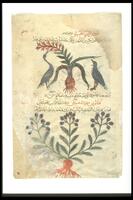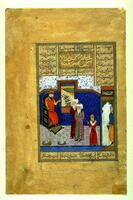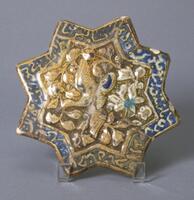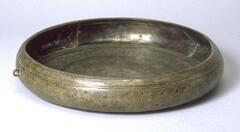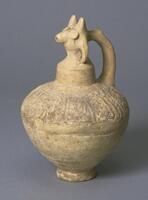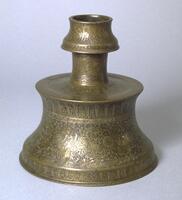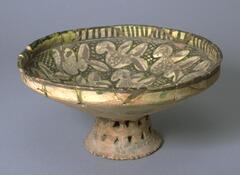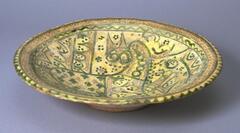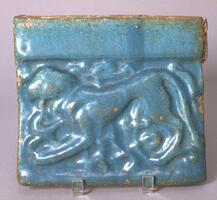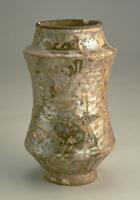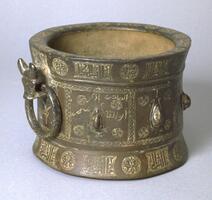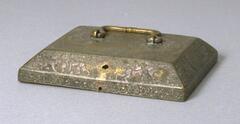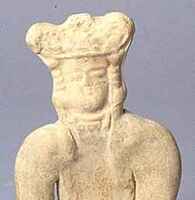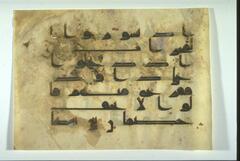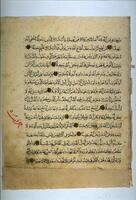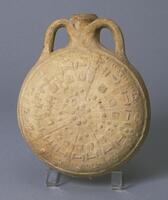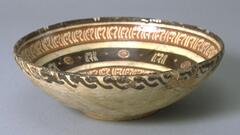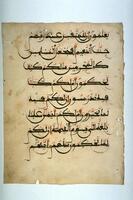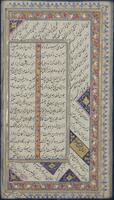54 Items in this Learning Collection
Collection Object
Collection Object
Collection Object
Collection Object
Collection Object
Collection Object
Collection Object
Collection Object
Collection Object
Collection Object
Collection Object
Collection Object
Collection Object
Collection Object
Collection Object
Collection Object
Collection Object
Collection Object
Collection Object
Collection Object
Collection Object
Collection Object
Collection Object
Collection Object
Collection Object
Collection Object
Collection Object
Collection Object
Collection Object
Collection Object
Collection Object
Collection Object
Collection Object
Collection Object
Collection Object
Collection Object
Collection Object
Collection Object
Collection Object
Collection Object
Collection Object
Collection Object
Collection Object
Collection Object
Collection Object
Collection Object
Collection Object
Collection Object
Collection Object
Collection Object
Copyright
All Rights Reserved
()
Leaf from a manuscript of the Qur’an in Maghribi script
Accession Number
1987/1.195.2
Title
Leaf from a manuscript of the Qur’an in Maghribi script
Artist(s)
Object Creation Date
12th century (?)
Medium & Support
ink with touches or red, ochre, and green on paper
Dimensions
10 5/8 in x 7 7/8 in (27 cm x 20 cm)
Credit Line
Gift of Mr. and Mrs. Milton B. Freudenheim in memory of Otto F. Ege
Label copy
Part of the same manuscript 1959/1.146
---
Leaf from a Qur’an manuscript, Sura (section) 68, verses 34–9
North Africa
Possibly 13th century
Ink with touches of red, ochre, and green on paper
Gift of Mr. and Mrs. Milton B. Freudenheim in memory of Otto F. Ege, 1987/1.195.2
“There will be Gardens of bliss for those who are mindful of God.
Should We treat those who submit to Us as We treat those who do evil?
What is the matter with you? On what basis do you judge?
Do you have a scripture that tells you
That you will be granted whatever you choose?
Have you received from Us solemn oaths, binding to the Day of the Resurrection, that you will get whatever you yourselves decide?”
English translation of Qur’an, Sura (section) 68, verses 34–9,
by Abdel Haleem
For Muslims, Arabic script, representing the language of their holy book, the Qur’an, is a thing of sublime beauty. Arabic calligraphy links the spiritual and aesthetic dimensions of the written work and figures significantly in the visual and healing arts of the Islamic world.
There are many styles of Arabic calligraphy. This page from a North African Qur’an is written in a script called Maghribi, which was developed in the western region of North Africa. Maghribi is a variation of the ancient Kufic script, known for its angular form. Maghribi script features sweeping curves that soften the angularity of its Kufic characters. Diacritical marks indicated in red facilitate the reading of this script.
(6/29/10)
Gallery Rotation Spring/Summer 2010
Leaf from a Qur’an manuscript, Sura (section) 68, verses 34–9
North Africa
Possibly 13th century
Ink with touches of red, ochre, and green on paper
Gift of Mr. and Mrs. Milton B. Freudenheim in memory of Otto F. Ege, 1987/1.195.2
“There will be Gardens of bliss for those who are mindful of God.
Should We treat those who submit to Us as We treat those who do evil?
What is the matter with you? On what basis do you judge?
Do you have a scripture that tells you
That you will be granted whatever you choose?
Have you received from Us solemn oaths, binding to the Day of the Resurrection, that you will get whatever you yourselves decide?”
English translation of Qur’an, Sura (section) 68, verses 34–9,
by Abdel Haleem
For Muslims, Arabic script, representing the language of their holy book, the Qur’an, is a thing of sublime beauty. Arabic calligraphy links the spiritual and aesthetic dimensions of the written work and figures significantly in the visual and healing arts of the Islamic world.
There are many styles of Arabic calligraphy. This page from a North African Qur’an is written in a script called Maghribi, which was developed in the western region of North Africa. Maghribi is a variation of the ancient Kufic script, known for its angular form. Maghribi script features sweeping curves that soften the angularity of its Kufic characters. Diacritical marks indicated in red facilitate the reading of this script.
Primary Object Classification
Unbound Work
Primary Object Type
leaf
Additional Object Classification(s)
Painting
Collection Area
African
Rights
If you are interested in using an image for a publication, please visit http://umma.umich.edu/request-image for more information and to fill out the online Image Rights and Reproductions Request Form.
Keywords
Islamic
Qur'an
calligraphy
manuscripts
1987/1.195.2
Title
Leaf from a manuscript of the Qur’an in Maghribi script
Artist(s)
Object Creation Date
12th century (?)
Medium & Support
ink with touches or red, ochre, and green on paper
Dimensions
10 5/8 in x 7 7/8 in (27 cm x 20 cm)
Credit Line
Gift of Mr. and Mrs. Milton B. Freudenheim in memory of Otto F. Ege
Label copy
Part of the same manuscript 1959/1.146
---
Leaf from a Qur’an manuscript, Sura (section) 68, verses 34–9
North Africa
Possibly 13th century
Ink with touches of red, ochre, and green on paper
Gift of Mr. and Mrs. Milton B. Freudenheim in memory of Otto F. Ege, 1987/1.195.2
“There will be Gardens of bliss for those who are mindful of God.
Should We treat those who submit to Us as We treat those who do evil?
What is the matter with you? On what basis do you judge?
Do you have a scripture that tells you
That you will be granted whatever you choose?
Have you received from Us solemn oaths, binding to the Day of the Resurrection, that you will get whatever you yourselves decide?”
English translation of Qur’an, Sura (section) 68, verses 34–9,
by Abdel Haleem
For Muslims, Arabic script, representing the language of their holy book, the Qur’an, is a thing of sublime beauty. Arabic calligraphy links the spiritual and aesthetic dimensions of the written work and figures significantly in the visual and healing arts of the Islamic world.
There are many styles of Arabic calligraphy. This page from a North African Qur’an is written in a script called Maghribi, which was developed in the western region of North Africa. Maghribi is a variation of the ancient Kufic script, known for its angular form. Maghribi script features sweeping curves that soften the angularity of its Kufic characters. Diacritical marks indicated in red facilitate the reading of this script.
(6/29/10)
Gallery Rotation Spring/Summer 2010
Leaf from a Qur’an manuscript, Sura (section) 68, verses 34–9
North Africa
Possibly 13th century
Ink with touches of red, ochre, and green on paper
Gift of Mr. and Mrs. Milton B. Freudenheim in memory of Otto F. Ege, 1987/1.195.2
“There will be Gardens of bliss for those who are mindful of God.
Should We treat those who submit to Us as We treat those who do evil?
What is the matter with you? On what basis do you judge?
Do you have a scripture that tells you
That you will be granted whatever you choose?
Have you received from Us solemn oaths, binding to the Day of the Resurrection, that you will get whatever you yourselves decide?”
English translation of Qur’an, Sura (section) 68, verses 34–9,
by Abdel Haleem
For Muslims, Arabic script, representing the language of their holy book, the Qur’an, is a thing of sublime beauty. Arabic calligraphy links the spiritual and aesthetic dimensions of the written work and figures significantly in the visual and healing arts of the Islamic world.
There are many styles of Arabic calligraphy. This page from a North African Qur’an is written in a script called Maghribi, which was developed in the western region of North Africa. Maghribi is a variation of the ancient Kufic script, known for its angular form. Maghribi script features sweeping curves that soften the angularity of its Kufic characters. Diacritical marks indicated in red facilitate the reading of this script.
Primary Object Classification
Unbound Work
Primary Object Type
leaf
Additional Object Classification(s)
Painting
Collection Area
African
Rights
If you are interested in using an image for a publication, please visit http://umma.umich.edu/request-image for more information and to fill out the online Image Rights and Reproductions Request Form.
Keywords
Islamic
Qur'an
calligraphy
manuscripts

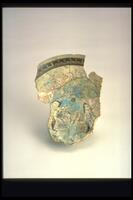


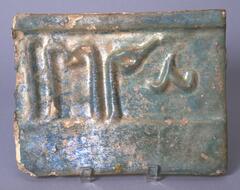
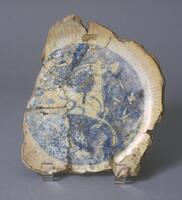
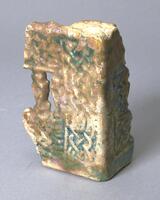
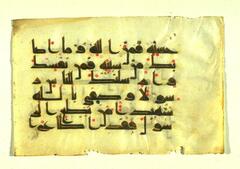
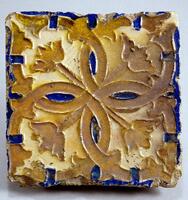
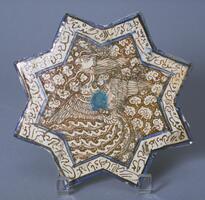

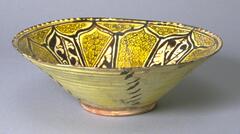
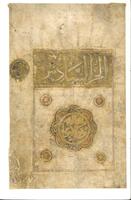
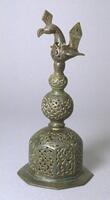
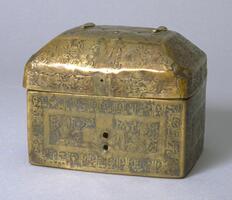



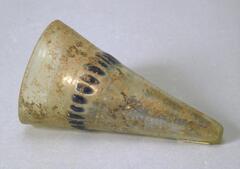
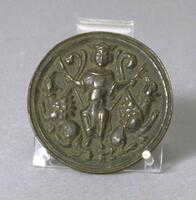

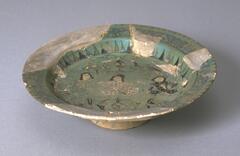

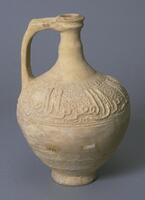

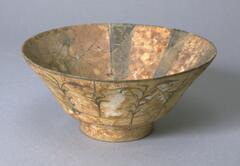
!["Object EFS-105 is a 14th century Mongolian-influenced Sultanabad work. The body of the object is a pinkish-tan while the outside is covered with painted blue tinge. The central motif is a spotted lion [leopard]. Stylized birds circle the inside of the object against a naturalistically conceived floral area. The object has been re-pieced extensively. <br /><br />
This object bears the characteristic hemispherical shape of Sultanabad work, and its rendering of the birds and floral motif indicate the Chinese influence of the 14th century. The animal and birds are outlined in black. It follows the general color scheme and motifs of the Sultanabad wares of the 14th century. <br /><br />
The object is 4 inches high and has a diameter of 8 inches. The lion [leopard] is rendered with the Iranian sensitivity and perceptiveness. This object was probably highlighted with white slip." "Object EFS-105 is a 14th century Mongolian-influenced Sultanabad work. The body of the object is a pinkish-tan while the outside is covered with painted blue tinge. The central motif is a spotted lion [leopard]. Stylized birds circle the inside of the object against a naturalistically conceived floral area. The object has been re-pieced extensively. <br /><br />
This object bears the characteristic hemispherical shape of Sultanabad work, and its rendering of the birds and floral motif indicate the Chinese influence of the 14th century. The animal and birds are outlined in black. It follows the general color scheme and motifs of the Sultanabad wares of the 14th century. <br /><br />
The object is 4 inches high and has a diameter of 8 inches. The lion [leopard] is rendered with the Iranian sensitivity and perceptiveness. This object was probably highlighted with white slip."](/media/W1siZiIsIjIwMjIvMDUvMjUvN3planB1NG5tbl9kZWZhdWx0LmpwZyJdLFsicCIsInRodW1iIiwiMjQweDIwMCJdXQ?sha=215dcc1d938a8d43)
